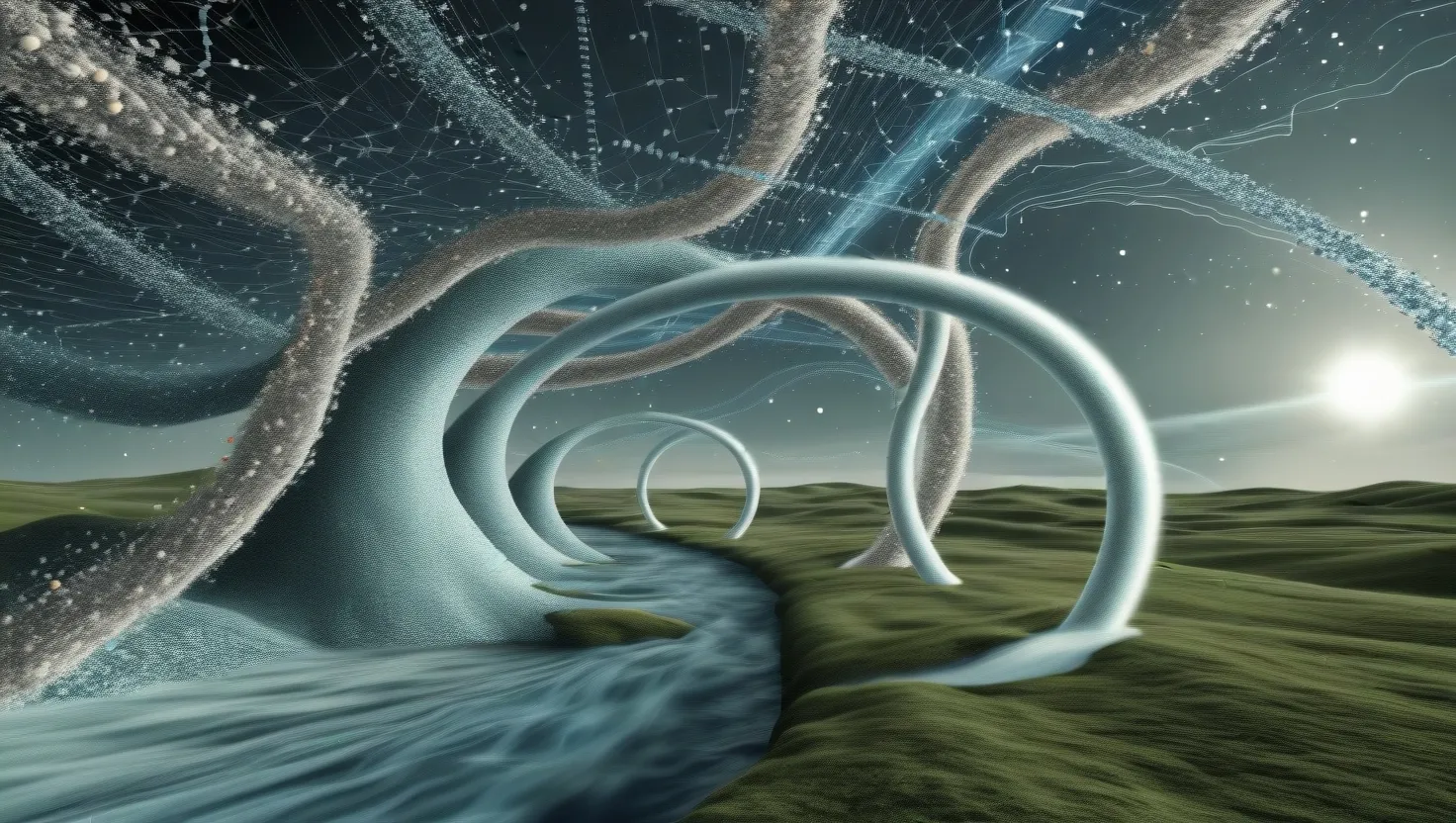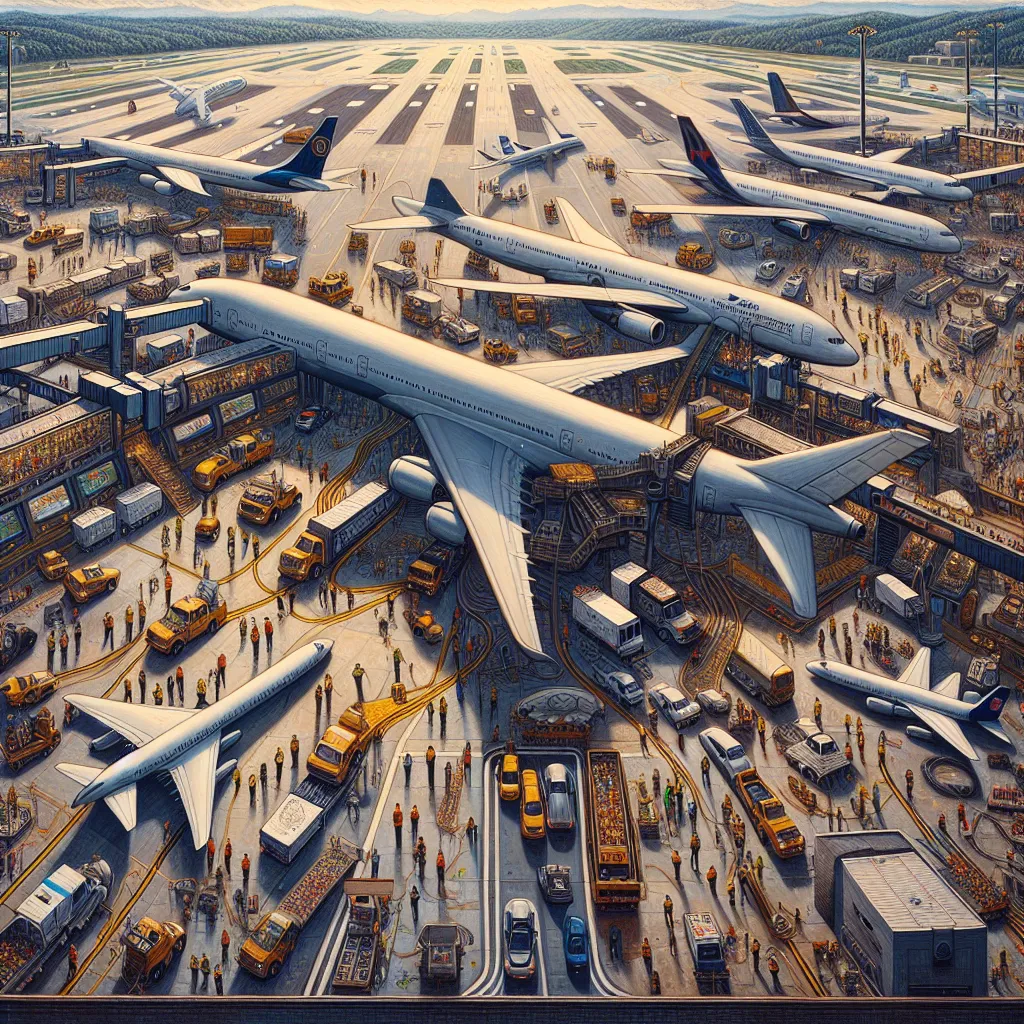In the realm of physics, there exists a world so bizarre and fascinating that it challenges our everyday understanding of reality. This is the domain of quantum mechanics, where particles can be in multiple places at once, and the act of observation itself can change the outcome of an experiment. Here, we delve into seven mind-bending quantum phenomena that defy the classical physics we learned in school.
Quantum Entanglement: The Spooky Connection
Imagine two particles, each a world apart, yet connected in such a way that the state of one instantly affects the state of the other. This is quantum entanglement, a phenomenon that Albert Einstein famously described as “spooky action at a distance.” When you measure something about one particle in an entangled pair, you immediately know something about the other, regardless of the distance between them. This instantaneous connection seems to break the fundamental law of the universe that nothing can travel faster than light.
Entanglement is not just a theoretical concept; it has been extensively tested and confirmed through numerous experiments. The 2022 Nobel Prize in Physics was awarded to scientists who made groundbreaking contributions to our understanding of this phenomenon. Entanglement is a key resource in quantum information processing, enabling advanced cryptography and potentially revolutionizing how we handle information.
Wave-Particle Duality: The Dual Nature of Reality
One of the most intriguing aspects of quantum mechanics is the wave-particle duality. This concept suggests that particles, such as electrons and photons, can exhibit both wave-like and particle-like behavior depending on how they are observed. The double-slit experiment is a classic demonstration of this duality. When light passes through two parallel slits, it creates an interference pattern on a screen, indicating wave-like behavior. However, when observed individually, each photon behaves like a particle, hitting the screen at a discrete point.
This duality extends beyond light; even large molecules have been shown to exhibit wave-like properties. For instance, experiments have demonstrated that molecules as large as buckminsterfullerene (C60) can create interference patterns when passed through slits. This challenges our classical view of the world, where objects are either waves or particles, but not both.
Quantum Tunneling: The Barrier-Breaking Phenomenon
Quantum tunneling is another phenomenon that defies classical physics. According to classical mechanics, particles should not be able to pass through barriers if they do not have enough energy to overcome them. However, in the quantum world, particles can “tunnel” through these barriers, allowing them to reach places they shouldn’t be able to.
This effect is crucial in many everyday technologies. For example, tunnel diodes in electronic circuits use quantum tunneling to switch states rapidly, enhancing the efficiency of electronic devices. In the sun, quantum tunneling enables nuclear fusion by allowing atomic nuclei to overcome their electrical repulsion and fuse together. Even the scanning tunneling microscope, which allows us to visualize atomic surfaces with incredible precision, relies on this phenomenon.
Superposition: Being in Multiple States at Once
In classical physics, an object can be in one definite state at a time. However, in quantum mechanics, particles can exist in a superposition of states. This means that, for instance, an electron can be spinning both clockwise and counterclockwise simultaneously until it is observed.
Superposition is a fundamental principle in quantum computing, where qubits (quantum bits) can represent multiple values at the same time, allowing for exponentially faster processing of certain types of information. This property also has implications for our understanding of reality; it suggests that, at a quantum level, the concept of a definite state is not as clear-cut as we might think.
Quantum Teleportation: Moving Information Without Moving Matter
Quantum teleportation is a process that allows information about the quantum state of a particle to be transmitted from one location to another without physically moving the particle itself. This is achieved through the use of entangled particles, where the state of one particle is used to encode and decode the information.
While this sounds like science fiction, quantum teleportation has been experimentally demonstrated and holds significant potential for quantum communication. It could enable secure communication channels where information is transmitted in a way that is virtually uninterceptable.
Quantum Computing Potential: Revolutionizing Information Processing
Quantum computing is one of the most promising applications of quantum mechanics. By leveraging phenomena like superposition and entanglement, quantum computers can solve certain problems much faster than classical computers. For example, factoring large numbers, which is crucial for many encryption algorithms, can be done exponentially faster on a quantum computer.
The potential of quantum computing extends beyond cryptography; it could revolutionize fields such as chemistry and materials science by simulating complex molecular interactions that are currently beyond the reach of classical computers. Companies and research institutions around the world are actively developing quantum computing technology, which could lead to breakthroughs in various fields.
Heisenberg’s Uncertainty Principle: The Limits of Measurement
Heisenberg’s uncertainty principle states that it is impossible to know certain properties of a particle, such as its position and momentum, simultaneously with infinite precision. The act of measuring one property necessarily disturbs the other, making it impossible to determine both precisely.
This principle has profound implications for our understanding of the nature of reality. It suggests that there are fundamental limits to what we can know about the world, and that the act of observation itself is not passive but actively influences the outcome. This challenges our classical view of measurement and observation, where we assume that we can know everything about an object if we measure it precisely enough.
The Quantum World: A Realm of Endless Curiosity
Quantum mechanics is a realm that is both fascinating and perplexing. It challenges our everyday understanding of reality and opens up new possibilities for technology and our view of the universe. Each of these phenomena—entanglement, wave-particle duality, quantum tunneling, superposition, quantum teleportation, quantum computing, and Heisenberg’s uncertainty principle—offers a unique window into the strange and wonderful world of quantum physics.
As we continue to explore and understand these phenomena better, we are not just advancing our knowledge of the physical world; we are also expanding our imagination of what is possible. The quantum world is a realm of endless curiosity, inviting us to question, explore, and innovate in ways that could revolutionize our future.






